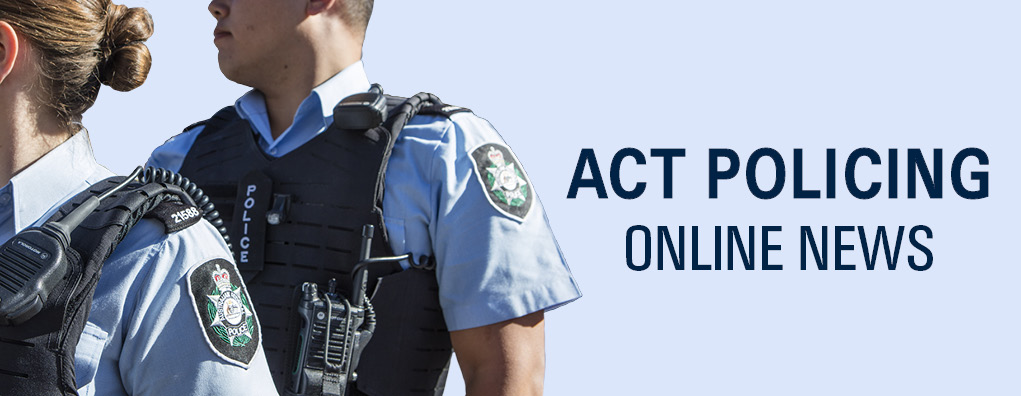Speeding
Speeding is a major contributor to injury and death on ACT roads. It reduces the ability to control the vehicle and lengthens stopping distances, increasing the likelihood and severity of a collision.
Drivers who speed are gambling with their own lives as well as the lives of other drivers, passengers, pedestrians and cyclists.
Speed limits in the ACT
The maximum speed limit in the ACT is 100 km/h.
The default speed limit in built up areas of the ACT is 50 km/h unless otherwise indicated by signs. Any road without a speed limit sign in a built up area is deemed to be 50 km/h.
In circumstances such as road works or events; signs will indicate the speed limit at the start and finish where required.
In shared zones where both pedestrians and vehicles have access; motorists must not exceed the sign posted shared zone speed limit and must give way to pedestrians.
Vehicles travelling in a school zone must not exceed 40 km/h when the school zone is operating.
Speed limits in the ACT are enforced by police patrols using radar and laser speed measuring devices, speed cameras and fixed speed cameras attached to red light cameras at intersections.
The ACT road safety camera program complements police enforcement as part of the Government's speed management approach. You can now nominate a mobile camera site in the ACT. The ACT Government has committed to adding an additional 100 sites each year. For more information on site suitability criteria or to nominate a site, visit the ACT Government's website.
40 km/h school zones
Children are our most vulnerable road users. Their unpredictability exposes them to high risk around traffic. The 40 km/h school zones give motorists more time to stop in an unexpected situation.
Speed restrictions are in place between 8am and 4pm weekdays. There are tough penalties including traffic fines and loss of licence for those who exceed the set speed limit during these hours.
It is also important to teach children about road safety. Constable Kenny Koala’s website has valuable resources to teach children how to Stay OK on the road.
Speeding and the law
Exceeding the speed limit can result in fines and multiple demerit points.
If you are speeding and involved in a collision, you could face serious charges including negligent or culpable driving if it results in the serious injury or death of another person. You could face penalties of up to 16 years imprisonment.
As part of the multi-agency road safety strategy, ACT Policing targets speeding during specific months of the year. However, all police vehicles can and will conduct speed checks anywhere, at any time.
How does speed impact driving ability?
Speed and Vision
When you speed, your field-of-vision is reduced. This impairs your ability to clearly react to objects that may approach your vehicle from the side or rear, resulting in a collision.
Impact speed
The faster you go, the harder you hit. The impact of a collision at 50 km/h is the equivalent to a vehicle falling from a three storey building, with you inside. Double the speed to 100 km/h and prepare for the equivalent of a 12 storey drop.
Stopping distances
Speeding, even by a small amount, increases the distance travelled while the driver reacts to an obstacle as well as the breaking distance.






